
Science Experiments With Rats in a Maze for Kids. The agility, intelligence and sociability of a tame rat makes it a good subject for maze experiments. Rats have a natural curiosity that leads them to explore every bit of their environment, even an unfamiliar "T" or radial-arm maze. If you alter how hungry the rat is, place food in some parts of the maze and not others or just let the rat wander, you can create a science experiment.
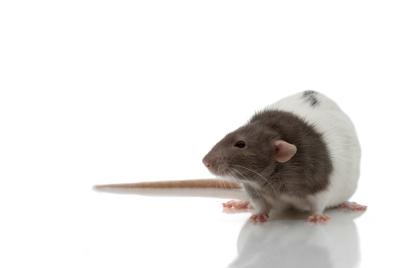
The simplest maze is a straight alley with one turn to the left and one to the right at the end. This configuration looks like the letter "T." An easy experiment is to put the rat into the maze at the entrance and record how many times it goes to the left and how many times it goes to the right. It is most likely that the rat will alternate its turns, going left, right, left, right, and so on. Rats behave this way because they remember which turn they took the time before. In the wild, this alternating behavior helps them find food, since food is not usually in the same place twice.
A radial-arm maze has a central platform leading out to arms that radiate from the middle. Some radial-arm mazes have six, eight or more arms. Put the rat in the center, then record which arms he goes down and in which order. As in the T-maze experiment, the rat will usually choose an arm it hasn't explored before.
When scientists were first observing and recording the behavior of rats in mazes, they noticed how rats choose new paths to explore most of the time. Researchers theorized that the rats were responding to olfactory cues---the smell of their own feet at the entrance to a radial arm or perhaps a urine scent trail. After closer observation of rats in mazes---and watching rats in the wild---it soon became clear that rats were navigating by environmental cues. In the same way that people know to turn at the big pine tree to get to the Post Office, rats notice and remember cues like tree trunks and fence posts, according to Indiana University professor, William Timberlake. One way to test whether a rat is guided by visual cues is to mark the entrance to some maze arms with vertical strips of black tape and not others. Record the paths the rat takes for the first half of the maze, then take it out for a while. Move the black tape to the arms you didn't mark the first time and run it again, recording its choices. If Dr. Timberlake is right, the rat should make mistakes, following the wrong landmarks.
Testing the direction rats turn or which arm they choose to explore in different kinds of mazes demonstrates how remarkable a rat's memory is for mapping its environment. According to Timberlake, rats can remember which paths they already took even two hours after being taken out and reintroduced to the same maze. This ability assists rats in the wild to seek food, even if they are interrupted by the appearance of predators or a rainstorm. You can test your rat's memory by letting it explore only part of your maze, then taking it out for a hour and putting it back in. Record which paths the rat chooses both times to see if it remembers which ones it already went down.
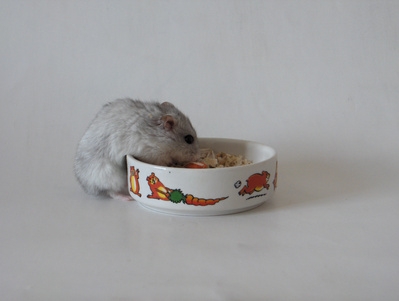 Do Hamsters Eat Mealworms?
Do Hamsters Eat Mealworms?
Do Hamsters
Do Hamsters Eat Mealworms?
Do Hamsters Eat Mealworms?
Do Hamsters
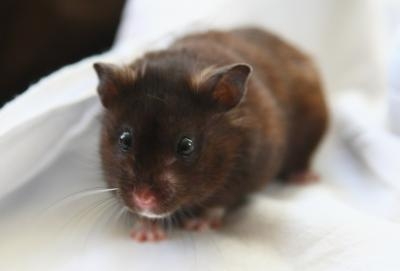 How to Make Your Hamster Smell Better
How to Make Your Hamster Smell Better
How to Make Your Hamster Smell Better
How to Make Your Hamster Smell Better
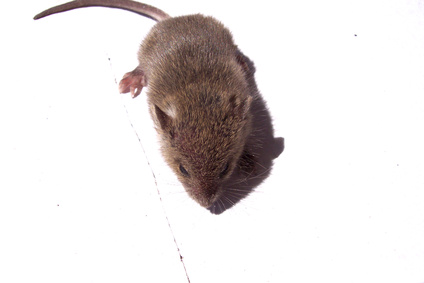 How to Get Rid of Rats and Mice Without Harming Pets
How to Get Rid of Rats and Mice Without Harmin
How to Get Rid of Rats and Mice Without Harming Pets
How to Get Rid of Rats and Mice Without Harmin
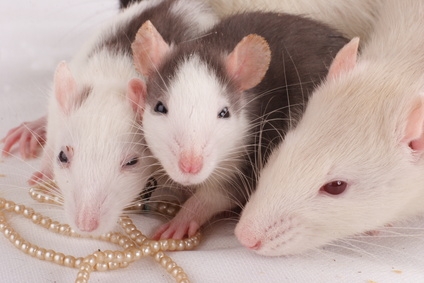 List of Pet Rodents
List of Pet Rodents
List of Pet Rodent
List of Pet Rodents
List of Pet Rodents
List of Pet Rodent
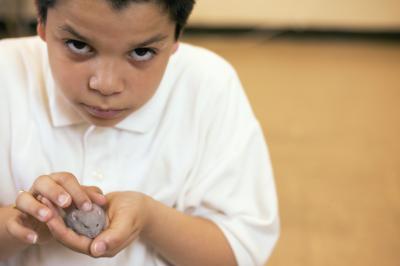 Can Hamsters Eat Pumpkin?
Can Hamsters Eat Pumpkin?
Can Hamsters
Can Hamsters Eat Pumpkin?
Can Hamsters Eat Pumpkin?
Can Hamsters
Copyright © 2005-2016 Pet Information All Rights Reserved
Contact us: www162date@outlook.com